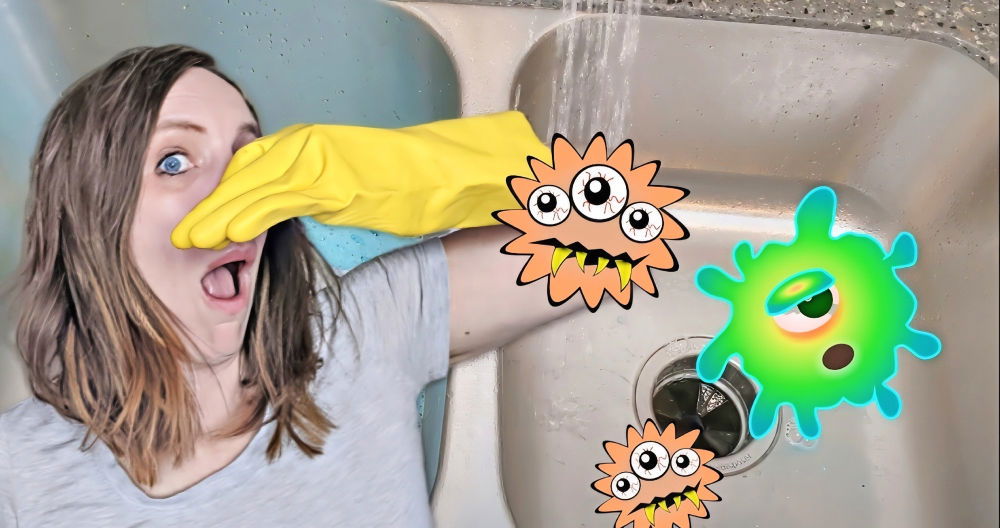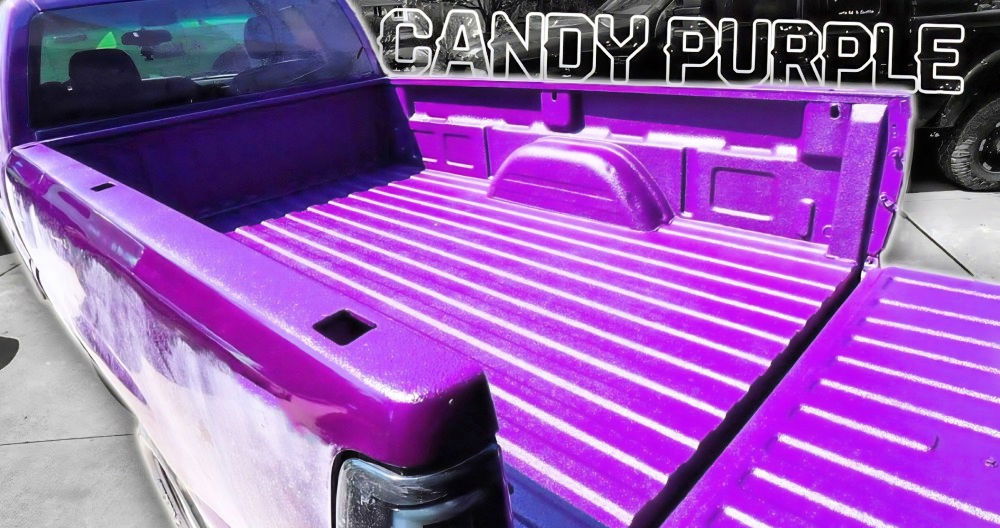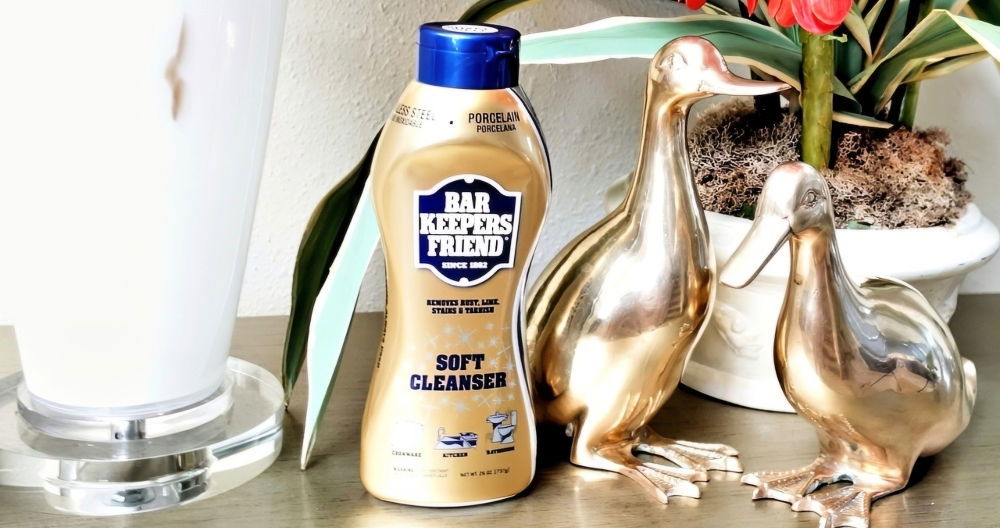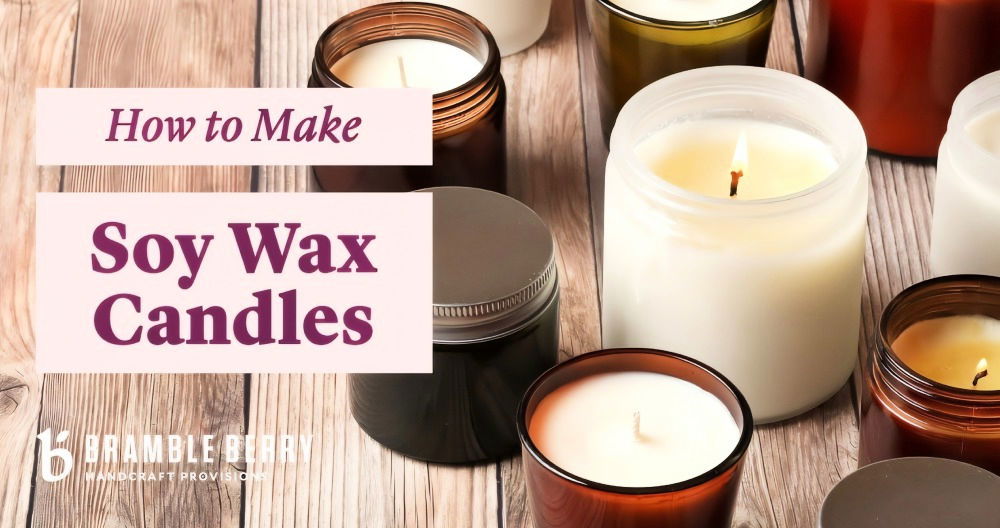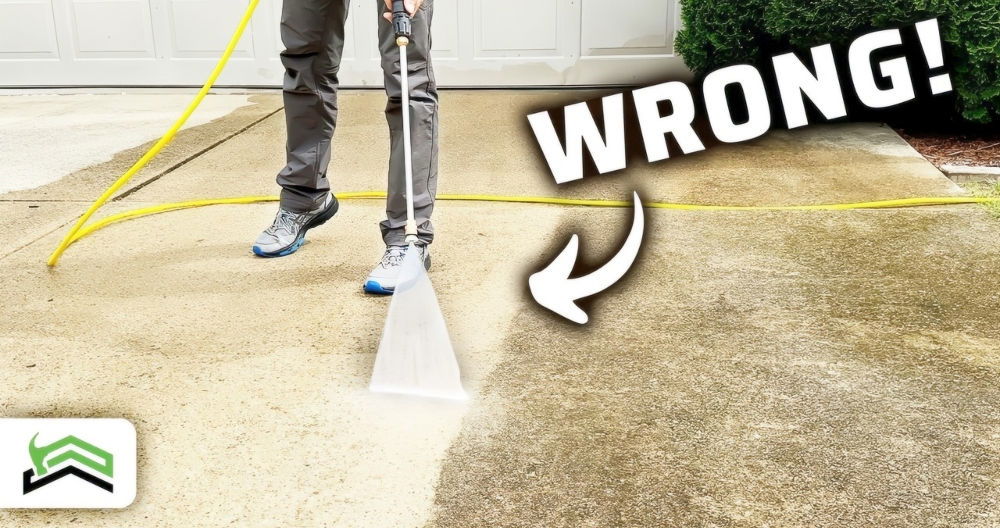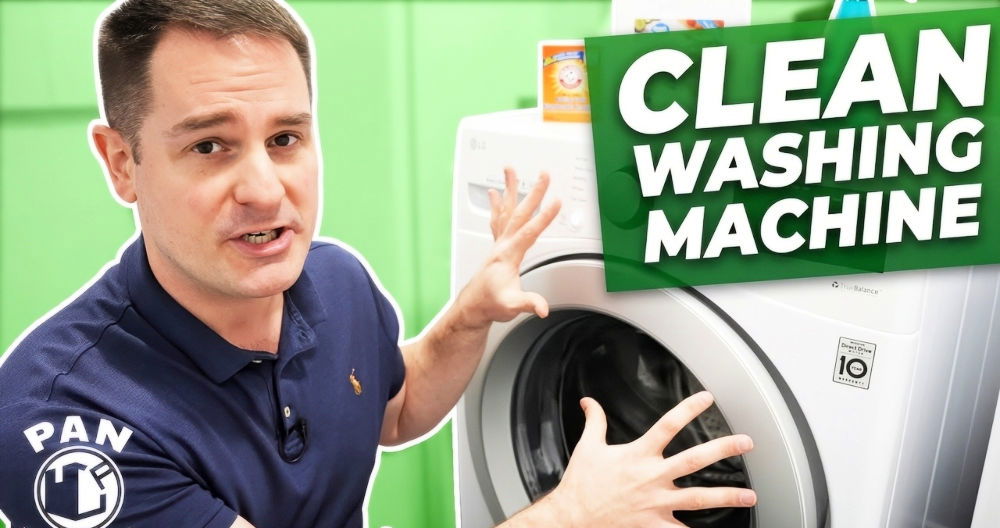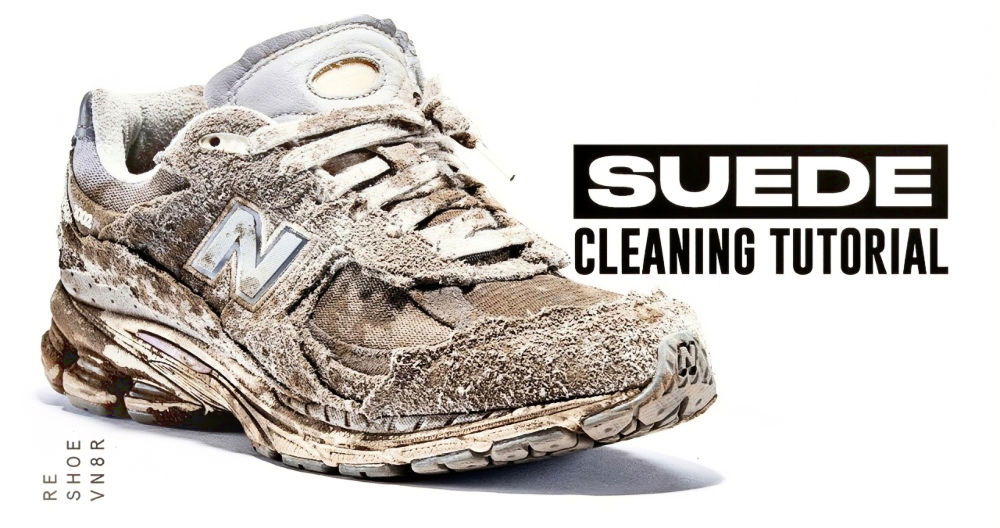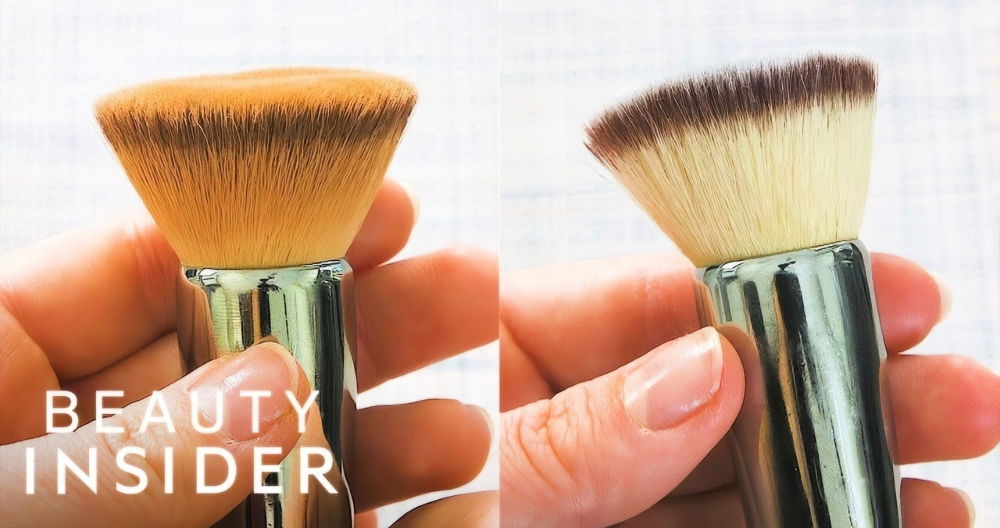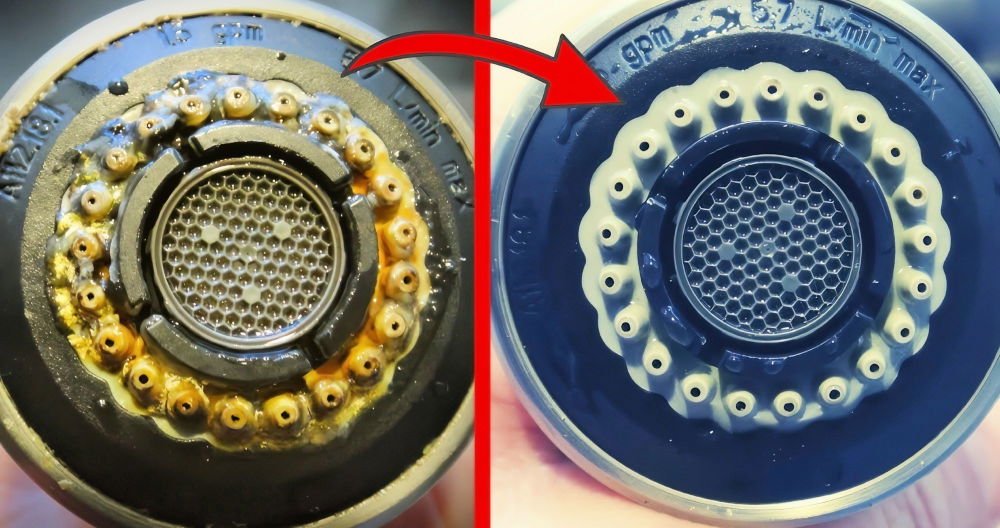Birkenstocks are a beloved footwear choice for many, thanks to their comfort and durability. However, like all shoes, they accumulate dirt over time, especially on the footbed and straps. Whether you've purchased a new pair or snagged a secondhand bargain, learning how to clean Birkenstocks effectively can significantly extend their lifespan.
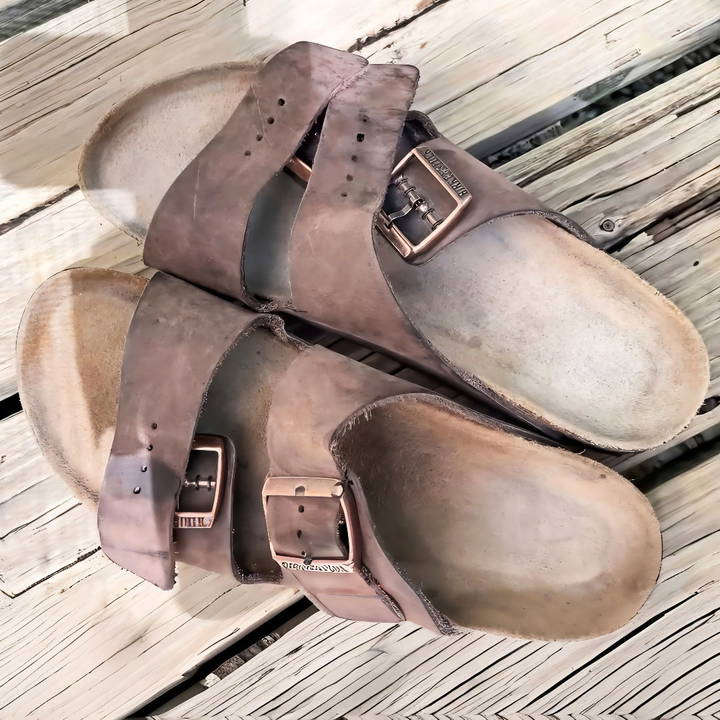
This guide will teach you everything you need to know about cleaning your Birkenstocks, from the materials required to the detailed cleaning process for each part of the sandal. Whether your Birkenstocks are leather, suede, or synthetic, this comprehensive guide will help you keep them looking fresh and feeling comfortable.
Why Cleaning Birkenstocks is Important
Regular cleaning of Birkenstocks is crucial not only for maintaining their appearance but also for hygiene. The footbeds of Birkenstocks, often made from cork and suede, can absorb moisture, oils, and dirt from daily use. Over time, this can lead to a buildup of grime and bacteria, causing unpleasant odors and wear.
Additionally, proper cleaning and maintenance prevent damage to the materials, particularly the cork footbed and suede lining. Birkenstocks can last for years with the right care, making them an excellent investment.
Supplies You'll Need
Before you start cleaning, gather all the necessary supplies. Here's a list of what you'll need:
- Baking Soda: Acts as a natural cleaning agent and deodorizer.
- Dawn Dish Soap: Gentle but effective at cutting through grime and oils.
- Water: To create the cleaning mixture and rinse.
- Suede Brush: Essential for maintaining the texture and removing surface dirt from suede footbeds.
- Rag or Washcloth: For scrubbing and wiping down the sandals.
- Paper Towels: Used to soak up excess water and moisture during the cleaning process.
- Soft Bristle Brush: For additional cleaning, especially for the straps and footbed.
- Q-tips: For cleaning smaller areas around the buckle and hard-to-reach spots.
With these simple tools, you're ready to tackle any grime or dirt on your Birkenstocks.
Step by Step Instructions
Learn how to clean Birkenstocks step by step, from preparing the solution to ongoing maintenance. Ensure your shoes stay fresh and long-lasting!
Step 1: Preparing the Cleaning Solution
The first step in cleaning Birkenstocks involves creating a paste using baking soda, water, and dish soap. Here's how to do it:
- Mix the Solution: Combine two tablespoons of baking soda, one tablespoon of water, and one-eighth of a tablespoon of Dawn dish soap. Mix thoroughly until you get a paste-like consistency.
- Ensure Proper Consistency: The mixture shouldn't be too watery, as you want it to adhere to the sandal's surface for effective cleaning.
Be careful not to over-saturate the mixture, as too much water can damage the cork footbed.
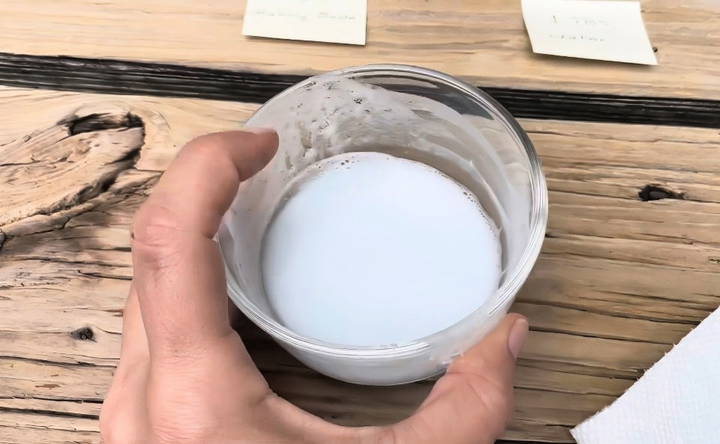
Step 2: Cleaning the Footbed
The footbed of Birkenstocks tends to collect the most dirt, as it directly contacts your feet. Cleaning the footbed properly is key to restoring both its look and feel.
- Open the Straps: Unfasten the straps to expose the footbed completely.
- Wipe Off Initial Dirt: Using a damp washcloth, gently wipe away any loose dirt or debris from the footbed.
- Apply the Cleaning Paste: Use the suede brush to apply the baking soda and soap paste evenly across the footbed. Be careful not to oversaturate the cork base, as this can weaken the structure of the shoe.
- Scrub Gently: Scrub the footbed with the suede brush in circular motions, focusing on heavily soiled areas. Be patient, as it might take a bit of effort to loosen the dirt.
- Wipe Excess: After scrubbing, use a damp cloth to wipe away any excess paste and dirt.
- Dry the Footbed: Once cleaned, use paper towels to blot the footbed, removing as much moisture as possible. Let the sandals air dry completely before wearing them.
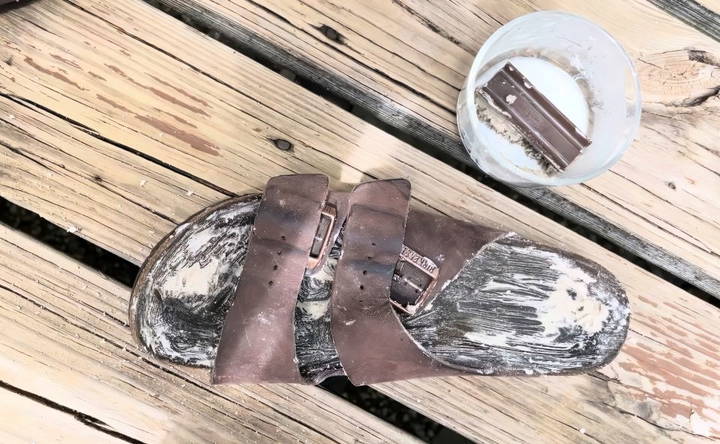
Tips:
- It's recommended to use separate solutions for each sandal to avoid cross-contamination, especially if one is dirtier than the other.
- Avoid getting the footbed too wet, as moisture can compromise the integrity of the cork.
Step 3: Cleaning the Straps
Birkenstock straps come in various materials like leather, suede, and synthetic. Each material requires a slightly different cleaning approach.
Leather Straps:
- Damp Cloth Wipe: Use a damp cloth with a small amount of dish soap to wipe down the straps.
- Condition the Leather: After cleaning, it's a good idea to apply a leather conditioner to keep the straps soft and prevent cracking.
Suede Straps:
- Suede Brush: Use a suede brush to gently remove dirt and restore the texture.
- Spot Cleaning: If needed, use a damp cloth with a small amount of dish soap to spot-clean any particularly dirty areas.
Synthetic Straps:
- Soap and Water: Wipe down synthetic straps with a mixture of water and a small amount of dish soap.
- Rinse and Dry: Ensure the straps are properly rinsed and allowed to dry completely to prevent mildew or odors.
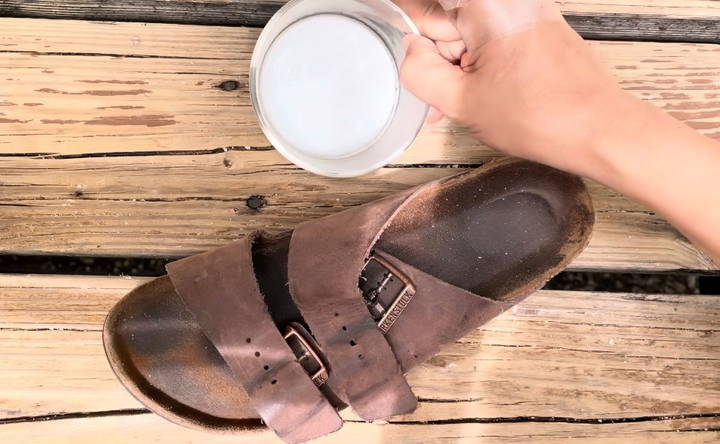
Special Note: Buckle Areas
The areas around the buckles can accumulate dirt and oils over time. A Q-tip dipped in the cleaning solution is perfect for getting into those small spaces. Gently scrub the buckle area to remove any stubborn grime.
Step 4: Final Touches
Once the sandals have dried, there are a few more steps you can take to bring them back to life.
- Suede Brush the Footbed: Once fully dry, use the suede brush to restore the nap of the suede on the footbed. This will also help remove any remaining baking soda residue.
- Soft Bristle Brush for the Footbed: After brushing the footbed, a soft bristle brush can further smooth the surface and enhance its appearance.
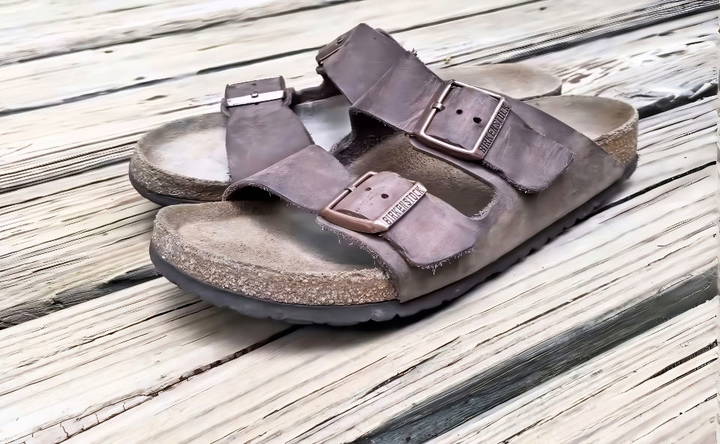
Step 5: Ongoing Maintenance
To keep your Birkenstocks in great shape, adopt a regular maintenance routine. Here are a few tips to ensure your sandals stay clean and comfortable:
- Regular Wiping: After each wear, wipe down the footbeds with a damp cloth to prevent dirt buildup.
- Monthly Deep Clean: Give your Birkenstocks a thorough cleaning every month, following the steps outlined above. This will prevent the buildup of dirt and oils.
- Condition Leather Straps: If your Birkenstocks have leather straps, condition them periodically to prevent cracking and keep them soft.
- Store Properly: When not in use, store your Birkenstocks in a cool, dry place away from direct sunlight. Excessive heat can damage the cork and other materials.
- Avoid Excess Moisture: Try not to wear your Birkenstocks in water or damp conditions. If they do get wet, make sure to dry them thoroughly to prevent damage to the cork and suede.
Conclusion
Birkenstocks are known for their comfort and durability, and with proper care, they can last for years. Cleaning your Birkenstocks regularly not only preserves their appearance but also extends their lifespan. By following the simple steps outlined in this guide, you can ensure your sandals stay fresh and comfortable for as long as possible.
The key to a good cleaning is patience and consistency. With the right tools and a bit of effort, your Birkenstocks will look as good as new!
FAQs About Additional Tips for Cleaning Birkenstocks
Discover essential FAQs and additional tips for cleaning birkenstocks, ensuring your footwear stays in pristine condition longer.
Odor buildup in Birkenstocks is common due to moisture and sweat. Use a baking soda and water paste with a dash of dish soap to clean the footbed, then let them air dry completely. For persistent odors, sprinkle baking soda on the footbeds overnight to absorb the smell before brushing it off.
Yes, you can place a fan near your Birkenstocks to help them dry faster. Avoid direct heat sources like hairdryers or radiators, as excessive heat can damage the cork and footbed materials.
Secondhand Birkenstocks may have molded to the previous owner's feet, but they can gradually readjust to your feet after some wear. It may take a few weeks of regular use before they become comfortable again.
If grime has hardened, gently scrape it off using a flat tool, such as the edge of a spoon or a manicure tool. Be careful not to scratch the footbed. Afterward, clean with the baking soda and soap paste to remove any remaining dirt.
Yes, some people prefer using a dry suede cleaning block or a large eraser for cleaning suede footbeds. This method avoids water, reducing the mess and drying time, and is effective with regular maintenance.
If the footbeds are heavily damaged or no longer supportive, replacing them with new footbeds might be the best option. A cobbler or the Birkenstock company can replace the footbeds, extending the life of your sandals.
Using acetone on the footbeds or straps can strip the original finish, which some users do to refinish or re-dye the sandals. However, this method requires careful reconditioning afterward to prevent damage. Sandpaper can be used lightly to remove surface dirt, but it must be followed by proper cleaning and care to avoid further wear.
To avoid heavy dirt accumulation, wipe the footbeds with a damp cloth after every few wears. A deeper clean, using the steps outlined in this guide, can be done every few months or as needed depending on how often you wear them.


